VISUAL POSTCARDS
Prompt Against Anxiety #24 | from documentary filmmaker and video artist Portia Cobb. She teaches in the Peck School of the Arts at University of Wisconsin-Milwaukee.

In 2017, I planned a full sabbatical and had plans to travel, then broke my foot in a freak accident as summer was beginning. For me, this was a life-changing event, and the period following my accident was a one of adjustment. I am an active person—a cyclist, a swimmer, an occasional runner, and a gardener. Learning to be still, to be at home, was challenging. Up until then, I hadn’t realized that I suffered a certain type of anxiety—FOMO, a fear of missing out.
Following surgery, I was home more than I had ever been. I could no longer drive, groceries were delivered, friends and acquaintances came to visit—to actually visit! In my stillness, I found myself developing daily rituals for myself that included opening my front door to let sunlight pour in, pulling my curtains back and looking out the window for hours, reading my NY Times from cover to cover, napping, writing poetry, and creating a visual diary I called Postcards from a Sabbatical. My house finally became a Home.
The postcards began as an expression of an imagined vacation somewhere—of being away, but in my own space—and became an exercise of meta-documentary compositions, visual poems, and stories. Sometimes random and sometimes stimulated by something external, or in response to something or someone, the images provided a glimpse of my interior space (home) and of my emotional state, their themes changing depending on my mood. As I created them, I thought less about not having enough (time, money, freedom or sometimes love), and instead, through the lens of my phone, I began to focus my attention on what I did have that brought me joy.
This was the real sabbatical. I began to find value in what was in reach or close by, and to see more of the world within my space: stacks of books, art, family photographs, newspapers, mismatched chairs, lamps, plants, flowers on occasion, fragments of my swollen-but-healing left foot, in contrast to my right foot, which had also transformed. The images offered an ongoing narrative of my world, and of my evolving life state, and the ritual of creating them helped me appreciate my ability to adapt, slowing me down so that healing could take place.
What’s more, this daily diary in an image introduced me to a kind of meditation that would prepare me for the unforeseen isolation of COVID when Home became sanctuary again. Just as when a person turns to word games or cross word puzzles to redirect boredom, frustration, or anxiety, the practice of composing these little moments served to calm my restlessness. I was able to realize that I was not missing out and that in fact I had all I needed to be creative, expressive, and productive.


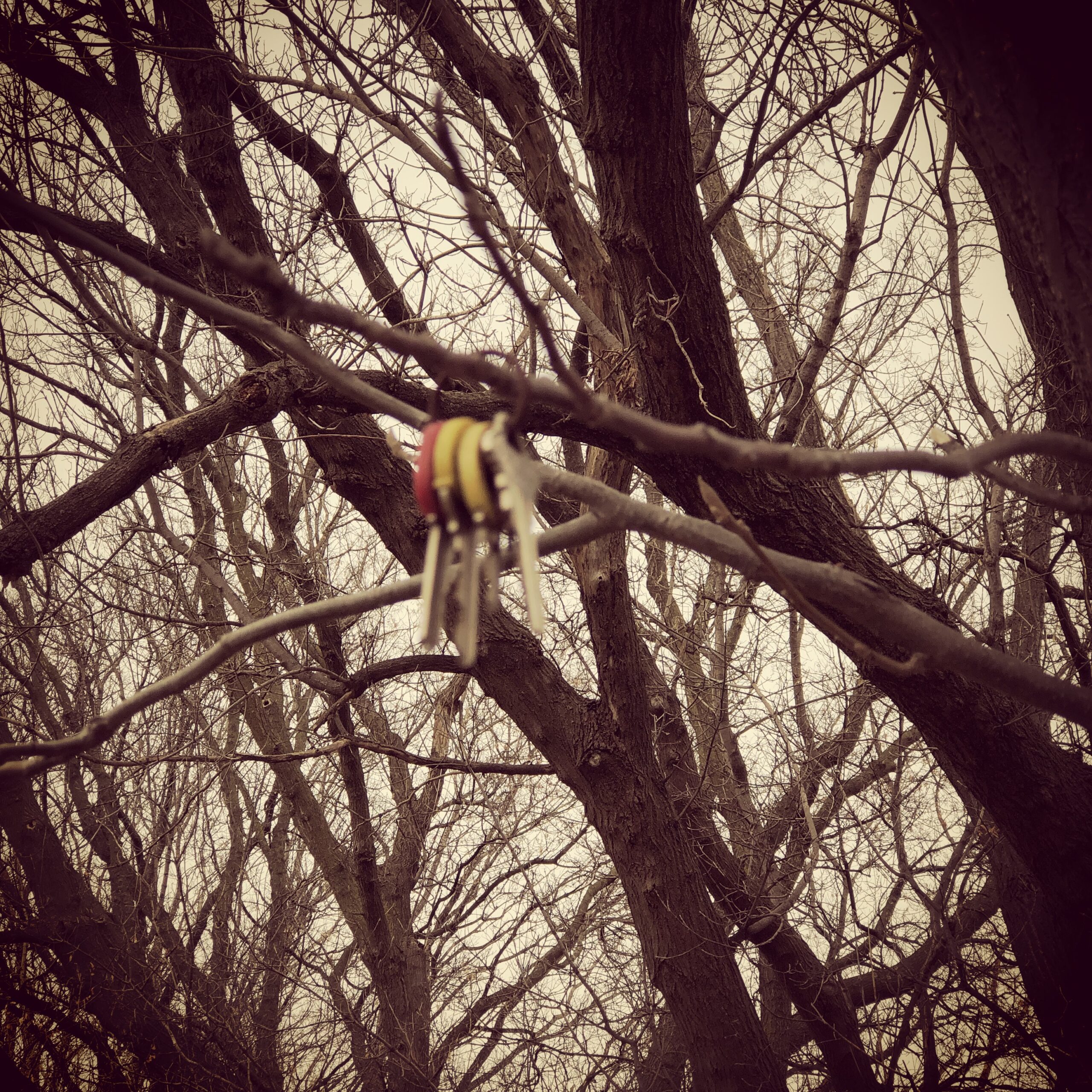


My Process: Begin Anywhere (John Cage).
You can also use themes as prompts.
1. Take an image a day (or more) for seven days, combining interior and/or exterior spaces you occupy. Try to pay attention to your surroundings more intentionally.
2. Photograph an object in your home that has a story or sentimental value. Share the story or memory of that object.
3. Capture what you see when you wake in the mornings—sometimes it is my sleeping dog at the foot of my bed, books on my nightstand, framed photographs on a shelf, light filtering through a window.
4. Go outside. Look up, down, look around. Take a walk through or sit quietly in a park. Observe nature around you, the change of season, light and clouds in the sky. Go out at different times of the day, observe the same space from different vantage points. Take notes and photograph your notes.
5. Photograph what you see from different points of view. Study the space. Wait to see what may not be obvious at first. On a walk I take with my dog, there is a tree where someone has hung a set of lost keys on a branch. I count the trees so that I will remember to notice the keys…to see if they were ever found.
6. Photograph the familiar—something in your environment that conveys a sense of place, belongingness, community, home.
7. Try to capture something extraordinarily surreal, curious, or beautiful that caught you by surprise. For me this might range from graffiti on a wall to the discovery of a small installation in a yard made by children.
8. Title and share as “A postcard from____ ” (you choose). Some titles for my postcards include “from my harvest,” “from a grassy knoll,” and “from a Pandemic.”
Prompts Against Anxiety is sponsored by Milwaukee Public Library, an anchor institution that helps patrons read, learn, and connect—to our resources and our community. Now more than ever, stay connected, stay home, and stay safe.
More from this series

The Word was in the beginning but it is made of letters.Prompt #40—giovanni singleton

Write in NaturePrompt #39—Oogie Push

Real FoodPrompt #38—Joan Kane

You Don't Need Proust to Smell GoodPrompt #37—Elizabeth Hoover

Find Your Own FormPrompt #36—Sawako Nakayasu

Tarot Recall: A Visionary Exercise for the PresentPrompt #35—Laurence Ross

Queers in Love at the End of the WorldPrompt #34—CJ Scruton

WORKBOOK FOR CHANGE: TWO PROMPTSPrompt #33—Kate Schapira

Preparation for the PromptPrompt #32—Lisa Fishman

Collage Your Own Writing PromptPrompt #31—Helen Hofling

Prepared StatementPrompt #30—Mike Hauser

Repeat Repeat WritePrompt #29— Lewis Freedman

Poetic CorrespondencePrompt #28—Eric Baus

EKPHRASIS YOURSELFPrompt #27—Jennifer Nelson

POETRY IS FOR THE PEOPLEPrompt #26—Angela Trudell Vasquez
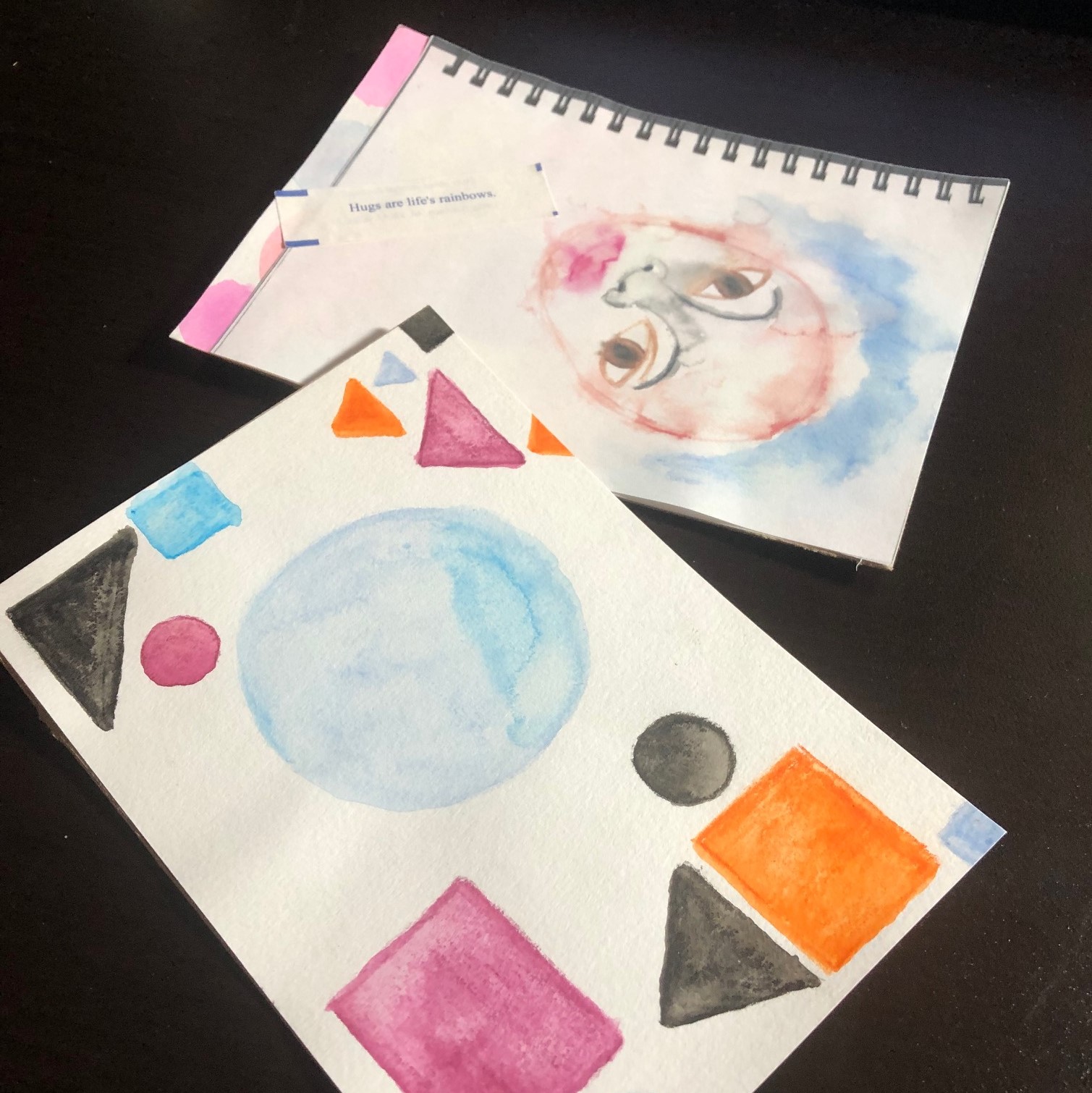
MAIL ARTPrompt #25—Siwar Masannat

VISUAL POSTCARDSPrompt #24—Portia Cobb

A [LONGER-TERM] DEEP LISTENING PROMPTPrompt #23—Jibade-Khalil Huffman
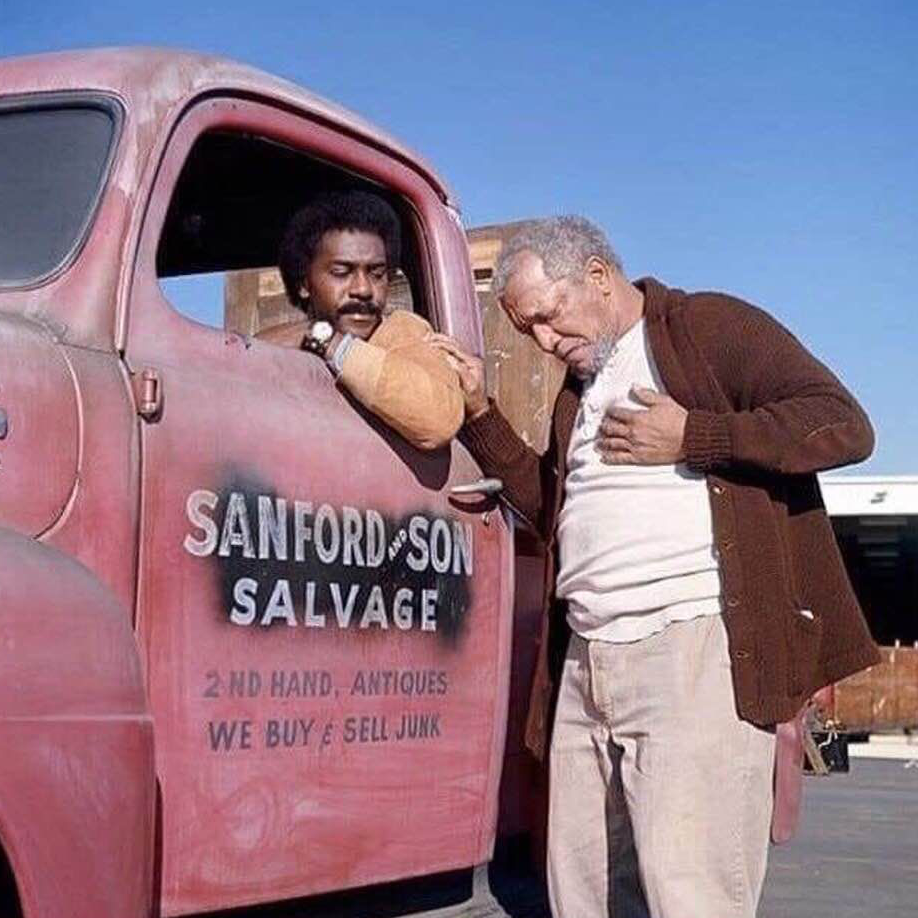
Humor as Medicine for the SoulPrompt #22—Mauricio Kilwein Guevara

Personification: A Social Justice PromptPrompt #21—Derrick Harriell

Ponge ExercisePrompt #20—Tyrone Williams
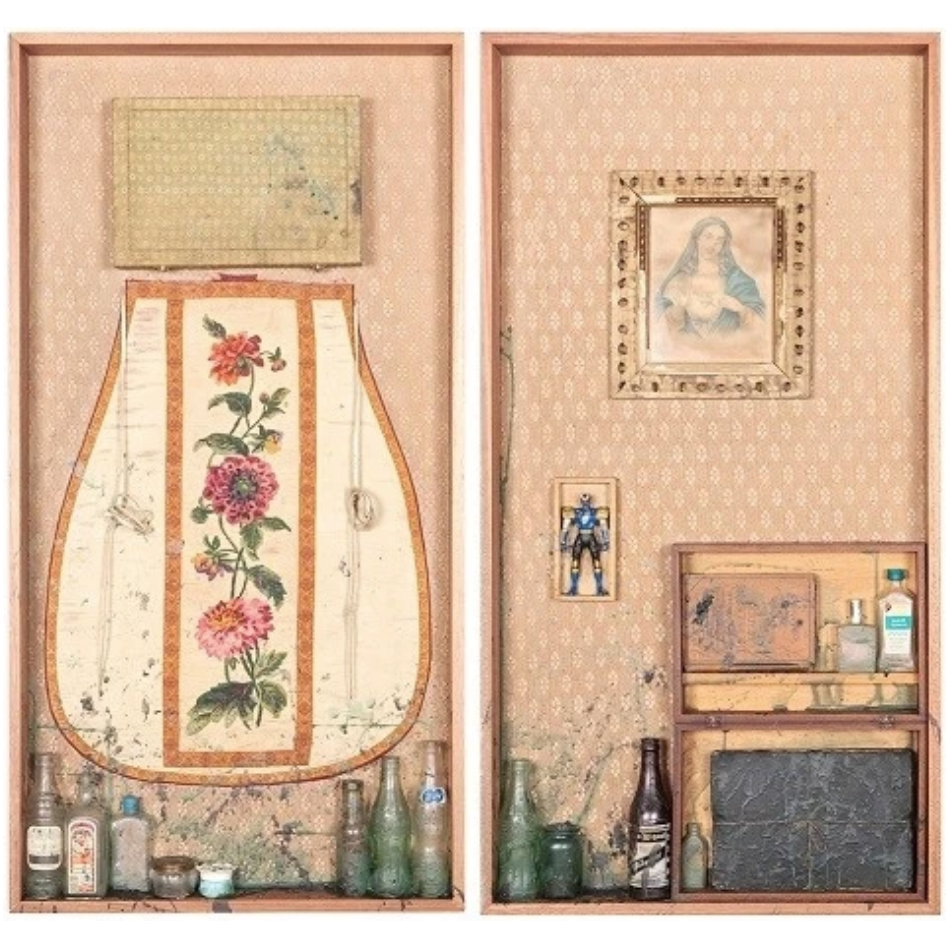
Occult DocupoesisPrompt #19—Kimberly Alidio

Junk Drawer SongPrompt #18—Hoa Nguyen

TALK TO THE POETSPrompt #17—Stacy Szymaszek

Make-Do Origin Stories & Concrete FuturesPrompt #16—Ching-In Chen
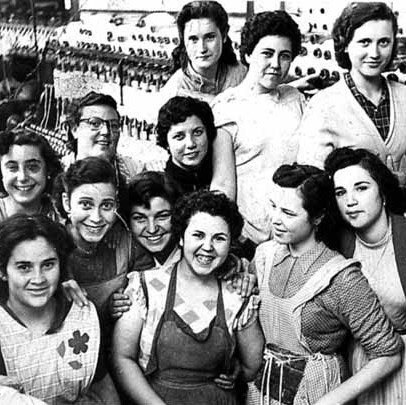
The Family PhotographPrompt #15—Rosa Alcalá

Writing Advice for Your Younger SelfPrompt #14—E.J. Koh

Note(s) to SelfPrompt #13—Stacy Blint

Embracing ConfusionPrompt #12—Bryon Cherry

Writing/Playing the ArchivePrompt #11—Jay Besemer

CAPTURED & FREEDPrompt #10—Dasha Kelly Hamilton

Poetic Exit StrategiesPrompt #9—Ana Božičević

Proyecto ConbífPrompt #8—Erick "CK" Ledesma

TRILOGYPrompt #6—CA Conrad

Utopian CompromisePrompt #7—Paul Druecke

A Series of RoomsPrompt #5—Laura Solomon
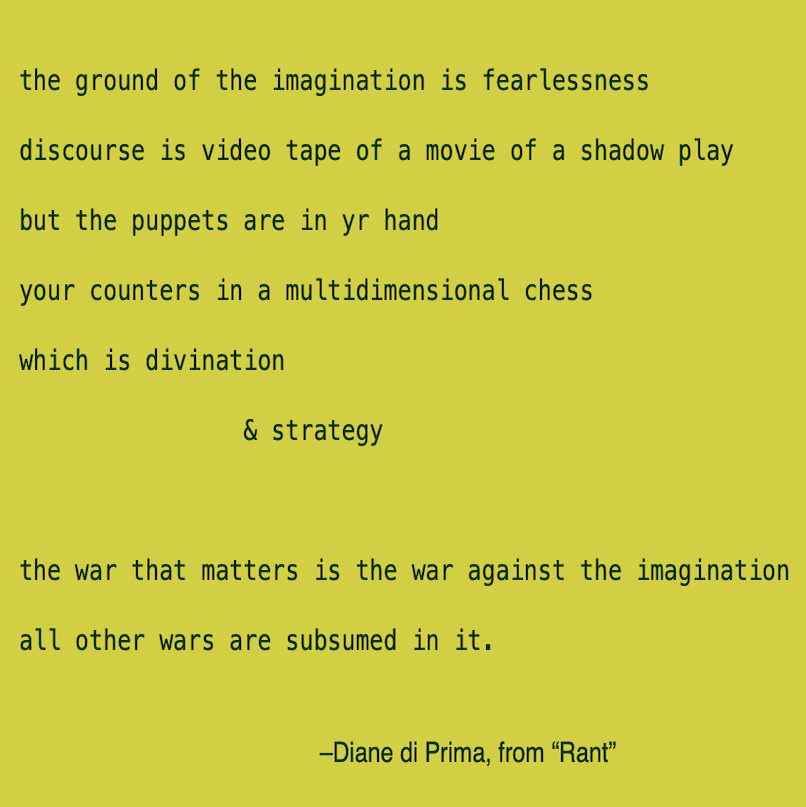
Two Variations on N+7Prompt #4—Jenny Gropp

T H E A P A R T / TOGETHERPOEMPrompt #3—Margaret Rozga

An Exercise in WindowsPrompt #2—Marla Sanvick
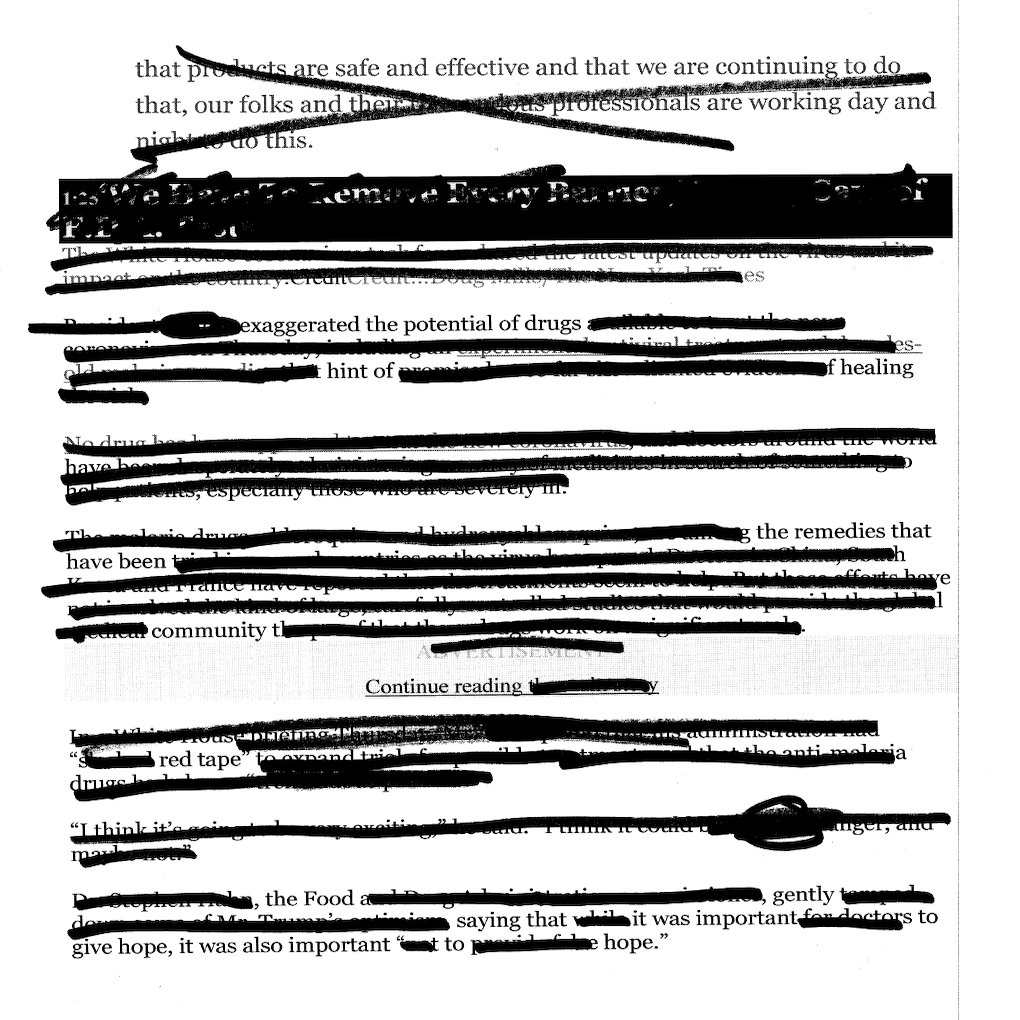
Erasuring AnxietyPrompt #1—Peter Burzynski
We acknowledge that in Milwaukee we live and work on traditional Potawatomi, Ho-Chunk, and Menominee homelands along the southwest shores of Michigami, part of North America’s largest system of freshwater lakes, where the Milwaukee, Menominee, and Kinnickinnic rivers meet and the people of Wisconsin’s sovereign Anishinaabe, Ho-Chunk, Menominee, Oneida, and Mohican nations remain present.
We further acknowledge the grave evil colonialism introduced to these lands through genocide as well as slavery, and also via racist and xenophobic beliefs, laws, and practices that continue to inflict harm upon Black, brown, and Indigenous lives. We honor those who have lived—and do live, now—at these intersections of identity and experience, and are committed to the active dismantling of white supremacy.
720 E. Locust Street
Milwaukee, WI 53212
Phone: 414 263 5001
Hours: Tues–Sun | 12-7 pm
Closed Mon
Building Accessibility: Despite the age of our physical location, and attendant limitations to access, Woodland Pattern is committed to making its programs and facilities available for as many as possible. Please call for more information.
Events Accessibility: Woodland Pattern is able to offer captioning services for its online events and with advanced notice can provide ASL interpretation for live events. Please contact us with accommodation requests and questions.
© Woodland Pattern 2025

